Khalil Ahmed Saharanpuri: A scholar’s legacy in hadith science and spiritual insight
Khalil Ahmed Saharanpuri (1852–1927) stands among the luminous figures of the Indian subcontinent whose pen, practice, and piety left a durable imprint on Hadith scholarship and Muslim spiritual life. Born in Nanauta in the Saharanpur district, India, he matured into a scholar whose synthesis of rigorous Hadith method and interior spiritual refinement embodied the Deobandi ideal of scholarship and sanctity, shaping generations of students and teachers across South Asia and beyond. His monumental commentary on Sunan Abi Dawud, Badhl al-Majhud fi Hall Sunan Abi Dawud, is widely regarded as one of the most penetrating and balanced expositions of this canonical collection, a work that not only clarifies difficult narrations but also models how a scholar navigates variant readings, narrator criticism, and legal inference with sobriety and fairness.
Raised in a milieu alive with the renewal of Islamic learning, the young Khalil Ahmed began formally at a maktab before entering the nascent Darul Uloom Deoband soon after its founding in 1866, then transferring to Mazahir Uloom in Saharanpur, where the environment better suited his temperament and focus. At Mazahir Uloom he traversed the full spectrum of the Dars-e-Nizami curriculum, studying fiqh, usul al-fiqh, tafsir, and Hadith under masters such as Mazhar Nanautawi and Ahmad Hasan Kanpuri, distinguishing himself in annual examinations and receiving his sanad-i faraghat at the precocious age of 19 in 1871. His graduation was marked by a symbolic gift from Ahmad Ali Saharanpuri—a copy of Sahih al-Bukhari—signaling a trajectory rooted in Hadith that he would later fulfill with towering contributions.
After his studies, he served as an assistant Arabic teacher at Mazahir Uloom and briefly advanced his literary training (adab) in Lahore under Faizul Hasan Saharanpuri, consolidating a stylistic command that would inform the clarity and cadence of his later writings. Teaching assignments took him beyond Saharanpur—to Bulandshahr and Bhawalpur—before he returned as a senior teacher, lecturing across advanced texts and taking his place among the most trusted pedagogues of his era. The esteem of his peers is captured in records noting that even Anwar Shah Kashmiri consulted him on writings and discourses—an index of his reach and intellectual authority within the scholastic circles of his time.
If the classroom was his workshop, Badhl al-Majhud was his architectural masterpiece. Crafted over years and ultimately completed in Medina, this commentary became, in effect, his scholarly testament: an expansive, balanced, and technically sophisticated exposition of Sunan Abi Dawud that assesses narrators with care, triangulates variant readings and manuscripts, and situates narrations within broader Hadith corpora to resolve or illuminate textual and juridical tensions. Scholars have long observed its distinguishing features: an impartial tone that fairly sets out divergent views; a critical engagement with different versions of the text, recognizing how variant readings can shift the grading or legal inference of a Hadith; and a judicious resort to corroborating reports when reconciliation is not straightforward. In one telling detail about the work’s production, as age and tremors made writing difficult, he dictated passages to his close student, the later luminary Zakariyya Kandhlawi, who would help bring the revised, expanded edition to a full multi-volume form and thereby enshrine his teacher’s labor for posterity.
Saharanpuri’s method stands firmly in the science of rijal (biographical evaluation of narrators) and isnad analysis, guided by the conviction—common to the Hadith masters—that the credibility of the transmitter lies at the heart of a report’s soundness. This insistence on narrator integrity was matched by a finely calibrated approach to grading: sahih, hasan, da‘if, and mawdu‘ were not labels of convenience but precise judgments grounded in a disciplined appraisal of chains and texts. A defining quality of Badhl al-Majhud is its sensitivity to the text (matn): language, context, and legal stakes are weighed carefully, with Saharanpuri resisting haste in interpretation where the implications touch on jurisprudence and ethics. Contemporary studies underline how he compared differing versions of Sunan Abi Dawud—sometimes identifying changes in narrator names or in Abu Dawud’s own marginal comments—and clarified chapter placements when manuscripts differed in their ordering, a philological attentiveness that protects the coherence of legal deductions built upon the corpus.
He fused precise Hadith method with inward spiritual discipline, presenting a model of scholarship in which authenticity and God-consciousness reinforce one another rather than compete.”
Beyond the page, Saharanpuri lived within the currents of reform and spirituality that defined the Deobandi revival. As a disciple and successor of Rashid Ahmad Gangohi in the Chishti Sufi order, his spiritual training informed the humility and scruple with which he approached contentious questions, and it shaped the ethic of teaching he transmitted to students who would carry his fusion of Hadith rigor and spiritual sobriety into their own circles. That lineage is evident in the formation of figures like Zakariyya Kandhlawi, whose later Hadith teaching and writing were explicitly nurtured by Saharanpuri’s direction and encouragement. In the broader ecology of institutions, his stature made him a standard-bearer for Mazahir Uloom and a point of orientation for teachers and students navigating the interface of legal tradition, Hadith verification, and devotional life.
“Badhl al-Majhud became a touchstone for scholars, notable for its even-handed presentation of opposing views and its careful use of evidence across the Hadith canon.”
The material story of Badhl al-Majhud’s transmission is itself instructive. Initial volumes were completed by Saharanpuri and then dictated to his student due to frailty, while later revised editions expanded the work into a comprehensive, multi-volume reference widely disseminated in the Arab and South Asian scholarly worlds. Newer printings continue to integrate Badhl al-Majhud alongside other commentaries, a testament to how the work has embedded itself into the living curriculum of Hadith study and instruction. Digital archives mirror this diffusion, making the text accessible to researchers and students with renewed reach, sustaining its role as a reference in contemporary debates over narrational variants and grading methodology.
The intellectual temperament of Badhl al-Majhud—impartial, source-rich, and philologically attentive—clarifies why the work commands respect across schools. When confrontations in the Hadith literature hinge on manuscript variants or narrator identifications, it is not polemic but patience that secures clarity; Saharanpuri’s practice of surveying competing versions, weighing their implications, and—if necessary—consulting proximate narrations to establish a stable interpretive footing is precisely the kind of method that sustains confidence in legal and ethical derivations. This approach also speaks to an ethic of scholarly responsibility—one that acknowledges the limits of a given version, resists overconfident inference in the face of textual uncertainty, and privileges a careful mapping of evidence over rhetorical force.
“His careful comparison of versions and manuscripts in Sunan Abi Dawud shows how philology serves law: even minor variants can reshape a Hadith’s grading and its juristic aftermath.”
His legacy, then, extends in several directions. First, as a teacher whose students formed a bridge to later generations, seeding Deobandi networks with a model of Hadith study that never separates technical scrutiny from ethical seriousness. Second, as an author whose hallmark commentary trained readers to see how subtlety in isnad and matn can recalibrate legal understanding—a schooling in caution and breadth that remains pertinent wherever Hadith serves as a foundation for practice. Third, as a Sufi guide whose spiritual tutelage made room for the concerns of seekers while keeping them tied to the rigor of transmitted knowledge, avoiding the sentimentalism that can detach devotion from textual fidelity.
It is unsurprising, then, that modern scholarship continues to revisit Badhl al-Majhud not merely as a historical artifact, but as a method—especially regarding how divergent versions affect status and usage of narrations, and how to responsibly reconcile (or, at times, decline to reconcile) those divergences with recourse to supporting evidence. This sober method is an instructive antidote to the temptations of quick synthesis: in Hadith work, impatience is an epistemic hazard, and Saharanpuri’s pages model the opposite—deliberation guided by reverence for the Prophet’s words and cautious enough to let the evidence set the pace of understanding.
Even the production history of the commentary, from its early volumes to dictated sections and later editorial expansions by Zakariyya Kandhlawi, offers a parable on scholarly continuity: learning is not solitary, and the archivist-student who preserves and expands the master’s work extends the life of the tradition without supplanting its core voice. That dynamic animates the Deobandi scholarly ecosystem at large—teachers form students who, in turn, become custodians and clarifiers of their teachers’ legacies, updating formats, enhancing accessibility, and curating editions that serve classrooms and courts alike.
To reflect on Saharanpuri’s way is to notice a quiet confidence: the tradition possesses the tools to adjudicate its own textual questions—biographical scrutiny, comparative philology, corroborative analysis, and legal hermeneutics—and it requires from its scholars not only expertise but fairness. Badhl al-Majhud, in that light, is a long exercise in fair-mindedness: where disagreements arise, the reader is introduced to both sides; where a position prevails, it does so by evidence, not assertion. That tone resonates in contemporary discourse, where contested religious issues often suffer from partisanship. Saharanpuri’s example reminds us that the craft of Hadith is not a contest of victory but a discipline of fidelity—fidelity to sources, to method, and to the ethical weight of prophetic speech.
His presence in the spiritual genealogy adds depth to that fidelity. The Chishti line he inherited from Rashid Ahmad Gangohi framed scholarship as a mode of remembrance, anchoring intellect within worship and service. For students and readers, that means the work of Hadith is not a cold audit; it is a trust. That trust, as he practiced it, honors the narrators by investigating them and honors the law by guarding its proofs; it honors the Prophet by keeping his words intact, and it honors seekers by modeling how to hold knowledge and humility together.
Today, editions of Sunan Abi Dawud continue to carry Badhl al-Majhud’s voice alongside other commentaries, ensuring each new class of students encounters his method’s measured cadence. The availability of the commentary in print and digital repositories broadens its reach, keeping his approach in circulation wherever Hadith is taught and deliberated. And in the academy, focused studies underscore the enduring value of his version-critical lens, a reminder that the philological exactitude of yesterday remains the safeguard of responsible legal reasoning today.
In sum, Khalil Ahmed Saharanpuri’s legacy is an integrated vision of knowledge: technical mastery without hubris, devotion without credulity, and commentary that serves both text and community. His life and pages continue to teach that the science of Hadith is not only a ledger of chains and variants but also a craft of conscience—one that asks its practitioners to be as careful with their words as they are with the Prophet’s.
ABOUT THE AUTHOR
Sahad Kolathur is PG first Year student at Darul Huda Islamic University, Malappuram, Kerala. He hails from Kolathur.
REFERENCES
- Saharanpuri, K. A. (1998). Badhl al-Majhūd fī Halli Sunan Abī Dāwūd (20 vols.). Beirut: Dār al-Kutub al-‘Ilmiyyah.
- Kandhlawi, M. Z. (2005). Khulāṣat al-Kalām fī ‘Aqd al-Nukat ʿalā Kitāb al-Muhannad. Beirut: Dār al-Kutub al-‘Ilmiyyah.
Disclaimer
The views expressed in this article are the author’s own and do not necessarily mirror Islamonweb’s editorial stance.

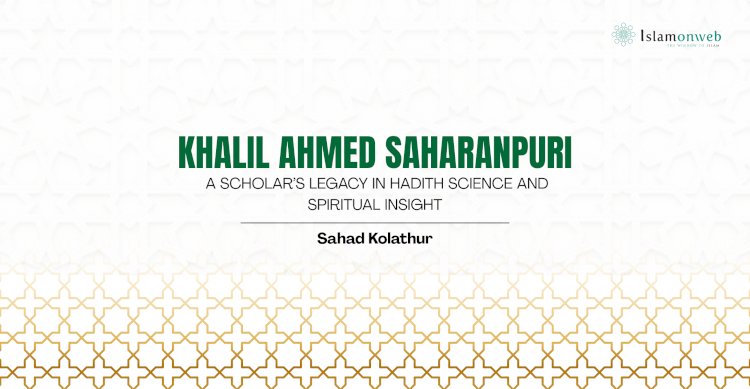


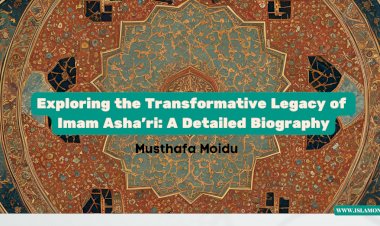
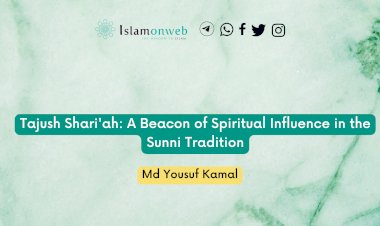
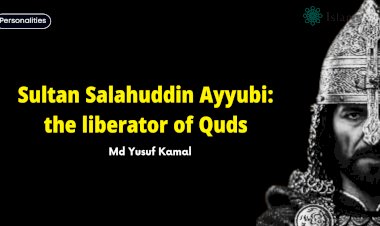
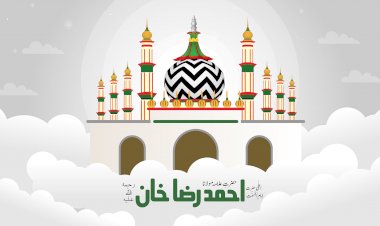

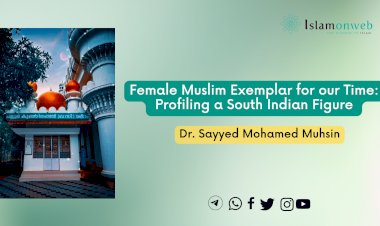











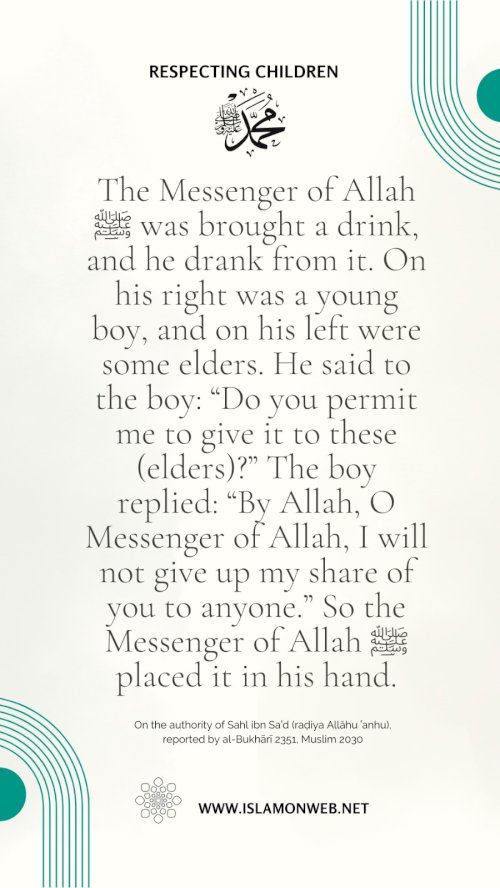
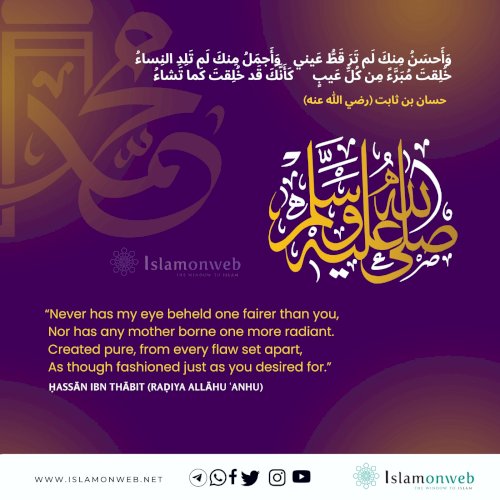

Leave A Comment